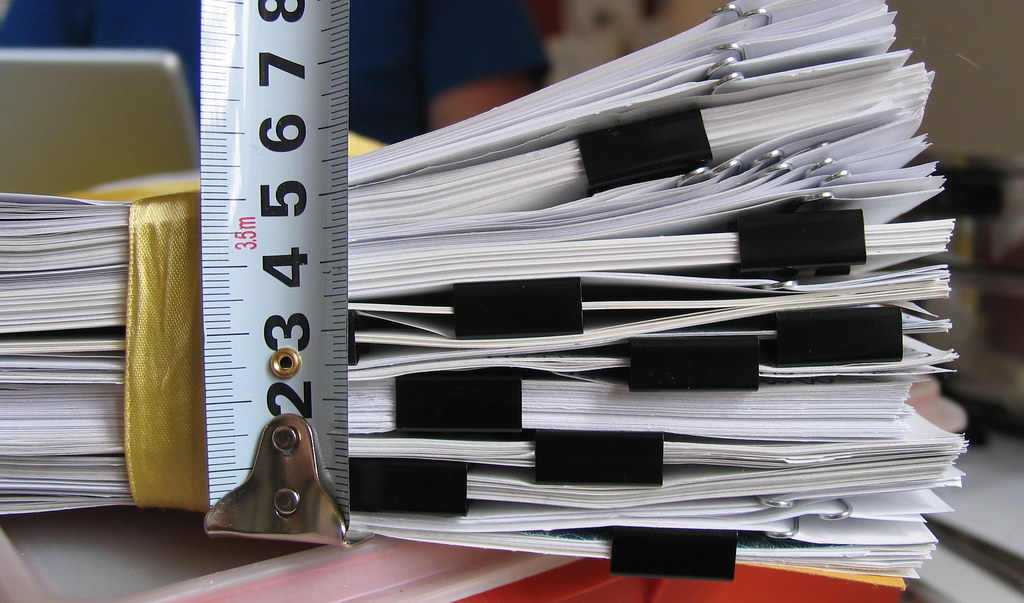Tracking Progress – Get a Grip on your Data!
Get free social skills materials
No-prep lessons on self-regulation, emotional recognition, conversation skills, and more.
Sign up here
Feeling Overwhelmed?
At a recent speech staff meeting, we had a lengthy discussion about keeping data during our sessions. Methods of data collection vary, especially depending on the subject. Keeping data on language and social goals can be really difficult because the concepts are incredibly complex. Simple check marks and tallies won’t explain the activity, the student’s response, and all of the factors that influence the student’s performance.
I use a combination of tally mark and anecdotal data. When I have the opportunity, I write down important moments in the session and how they impacted the student’s performance. If I don’t have time, I write down the activity and keep tally marks of correct and incorrect responses. To organize my data, I keep folders labeled by “day” with the students’ data sheets inside. Once those data sheets are filled up, I keep them in a binder organized alphabetically by students and in chronological order of the months. This makes it very easy to find the data sheets come progress report time or for writing IEP’s.
If your data keeping method works for you and keeps a record to track progress, I don’t think you necessarily need to change anything. However, if you’re one of the many therapists that struggle to stay on top of the data you need to collect because your hands are full running a session, here are some best practices that might help ease the burden.
Take Out your Phone
Your smart phone can be used to video tape during a session or an observation. In my grad school clinic every therapy room was equipped with a hidden camera. I would watch all of my sessions and analyze them. This was great for a young clinician but not so realistic in the real world. A more realistic approach is videotaping students for a quick sample, maybe a 5 minute conversation exchange once a month that continues over time. This way you can look back and see the students’ performance without having to rely on your potentially fuzzy memory. This is easy to implement as well – we seem to have our phones everywhere! If you don’t want to have to take a video, you can always use the audio record function and just leave your phone sitting on a nearby table.
Set up Data Sheets
Make your life easier by listing goals and objectives on paper. I keep the students’ objectives listed on all of my data sheets. That way I can quickly draw an arrow from the objective to the data I take. When you are working with new students it can be a nice cheat sheet to have their goals right in front of you. This helps me when getting to know many kids at once.
Use Apps!
Many apps aid in data collection. To name a few: Speech Therapy Tool Kit, Super Duper Data Tracker, and We Talk Tracker Pro. Using an iPad helps a ton with speed and convenience, and some apps even track progress for you and provide easy ways to share your data with colleagues.
[UPDATE] We found a great tutorial on how to use dropbox in the classroom from Vicki Davis, AKA Cool Cat teacher. Check it out here.What works for you? Let us know. Sign up for our mailing list here to stay updated with our latest therapy tips, app announcements, and blog posts. Don’t forget to follow us on Twitter, Pinterest, and like us on Facebook!
